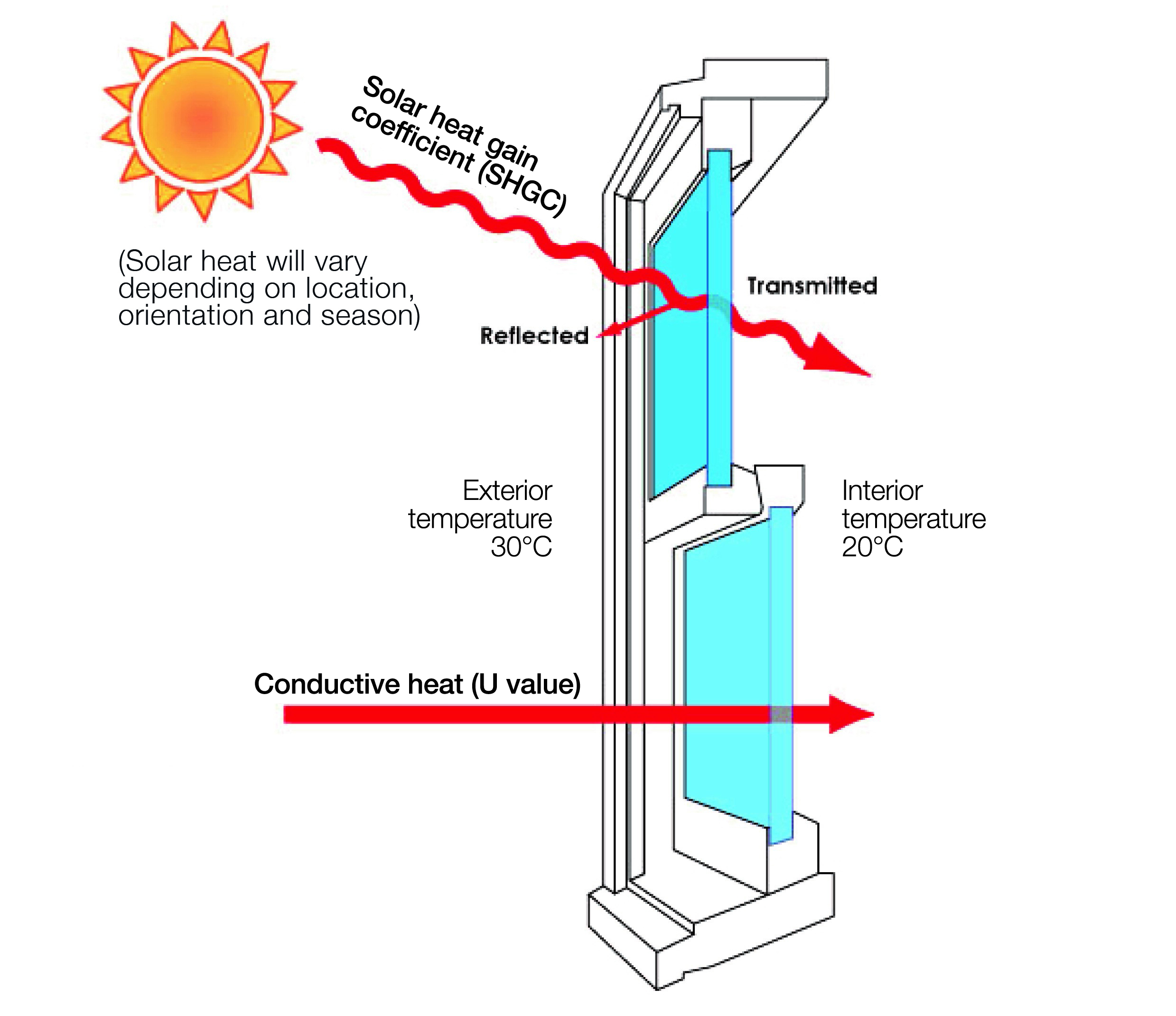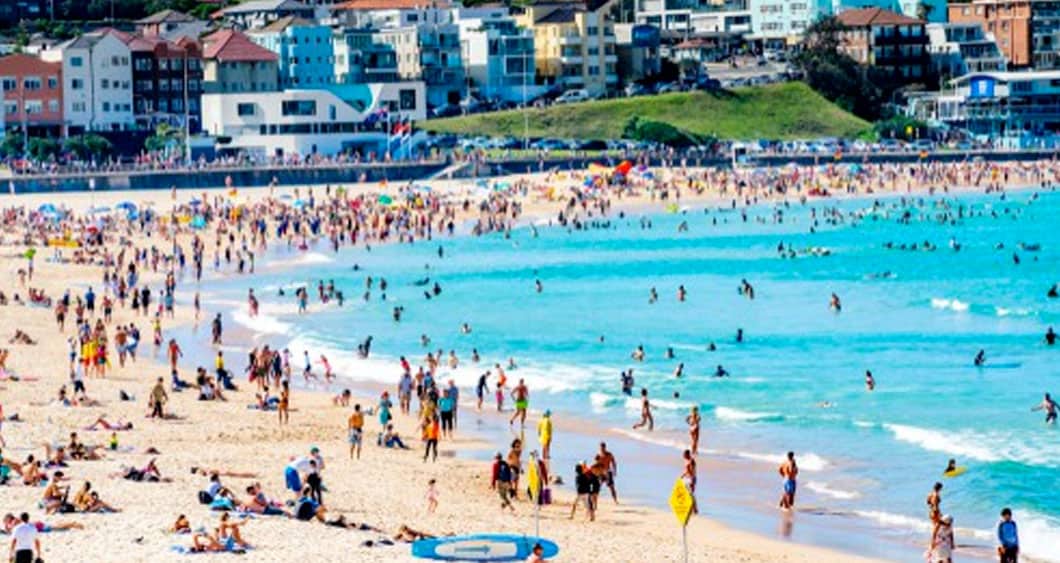All Categories
Featured
Table of Contents
Twinglaze® Double Glaze Specification Act - Vic in Thornlie WA
That window can transmit more solar heat in winter than in summertime. A west-facing window on a summer's afternoon has an angle of incidence from near 0 up to 30 with a big reliable area of solar radiation. A north-facing window, in summer season, has a high angle of incidence and a low efficient location of solar radiation, so can send less heat than a west-facing one.

You can rapidly and easily improve the thermal performance of your home by replacing your windows. There are thousands of types of glass and frames to choose from.
5 Benefits Of Double Glazing Windows in West Swan WA
Single glazing with clear glass is not extremely efficient when it comes to heat loss or gain. To enhance performance, you can use single glazing with a more energy-efficient type of glass such as low emissivity (low-e) glass.
The energy efficiency of IGUs also depends on: the homes of each layer of glass. Different glass types (for example, clear and low-e glass) can be put together in an IGU.
Climateframe Double Glazing: Perth's Double Glazed ... in Madeley WA

IGU cavities can be filled with air or a more inert, low-conductivity gas such as argon the width of the cavity. Broader cavities offer lower (much better) U worths, with 12mm usually accepted as the preferred space how well the cavity is sealed.
If argon is set up to the cavity in place of air, wetness is dependably excluded the level of desiccant (drying representative). The spacer (metal or polymer strip) that separates the glass layers includes a desiccant to take in any wetness. Inadequate desiccant may cause wetness to condense on the glass surface in cold conditions, minimizing thermal performance.
Techniques For Double Glazing Windows in Lathlain Western Australia
In reality, IGUs can deliver better energy efficiency for all environments, specifically in heated and air-conditioned homes. Cross-section detail of single, double and triple-glazing units Low emissivity glass (typically referred to as low-e glass) lowers heat transfer. Low-e glass might be either high or low transmission: High transmission low-e glass has a finish that allows daytime from the sun to pass into your house to attain good solar heat gain, but decreases the quantity of the long wavelength infrared heat that can leave back through the window.
Low-e glass has either a pyrolytic finishing or a vacuum-deposited thin film metal coating. Pyrolytic coatings are resilient and can be used for any glazing; vacuum-deposited finishings are soft and are just used within IGUs. Low-e coatings can considerably enhance both U value and SHGC; nevertheless, they should be utilized properly or they will either deteriorate or stop working to carry out as required.
Window Glazing For Households - Energy in Mount Pleasant WA
Low-e coatings can be used in mix with clear, toned or reflective glass. Low-e finishings on glazing can minimize heat transfer where needed Picture: Department of Industry, Science, Energy and Resources Toned glass has actually colouring ingredients included throughout manufacture. It is readily available in various colours, generally bronze, grey, blue and green.
Table of Contents
Latest Posts
Triple Glazing Vs. Double Glazing: What Are The Differences? in Willetton Western Australia
Help Control Your House Temperature With Double Glazing ... in Martin Western Australia
How To Diagnose And Fix Misted Double Glazing in Hovea Perth
More
Latest Posts
Triple Glazing Vs. Double Glazing: What Are The Differences? in Willetton Western Australia
Help Control Your House Temperature With Double Glazing ... in Martin Western Australia
How To Diagnose And Fix Misted Double Glazing in Hovea Perth